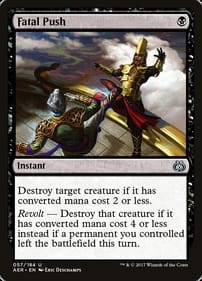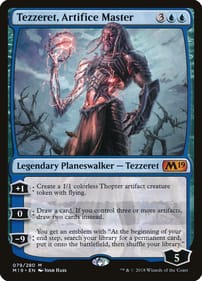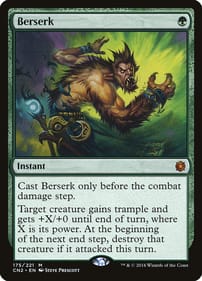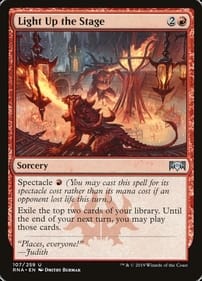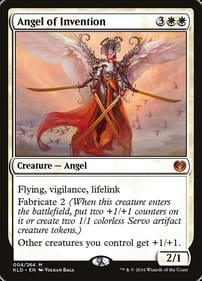In Vampire: the Masquerade, the Camarilla has always been the ‘default’ social structure for the game. An organization that ostensibly spoke for all vampires, but with seven pillar clans (the seven from the core V5 book – Ventrue, Tremere, Toreador, Brujah, Nosferatu, Gangrel, Malkavian). As a global notion, the Camarilla’s universality was obviously a sham. But on a more localized level (most of Europe and much of North America), it was essentially true. Not that all of the vampires in Camarilla cities were true believers – they weren’t. The Anarchs, railing against the system, have always been a thing. But everyone was considered part of the Camarilla. And everyone was expected to (mostly) follow the rules, and was (mostly) protected by the rules, regardless of oaths to the Tower (I mean, as much as one can expect in a corrupt oligarchy of immortal monsters, anyway). Sure, maybe the rabble weren’t the Prince’s favorite Elysium companions – but they could come the same as anybody, and they were shielded from physical attack the same as anybody.
Payment & Security
Your payment information is processed securely. We do not store credit card details nor have access to your credit card information.




